Here are some simple yet effective movements to prevent and alleviate diseases, reduce fatigue and stress, enhance blood circulation, and relieve pain. You can easily perform them at home, at work, or anywhere for just 5 minutes a day.
Movement 1
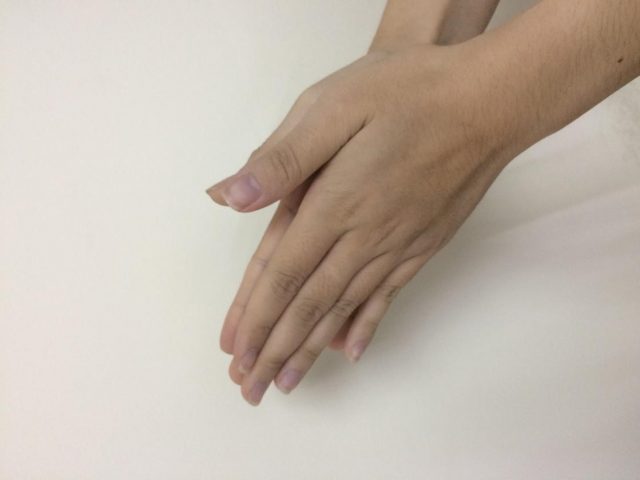
Preparation: Place all ten fingers together.
Execution: Clap continuously 10 times, 3 times a day.
Effect: When the palms touch each other, they create frictional vibration for all the circulating vessels, improving blood circulation. Especially beneficial for the nervous system or people with numb hands and feet due to poor blood circulation, especially those who stand or sit in one place for a long time, older people, office workers, etc.
Movement 2
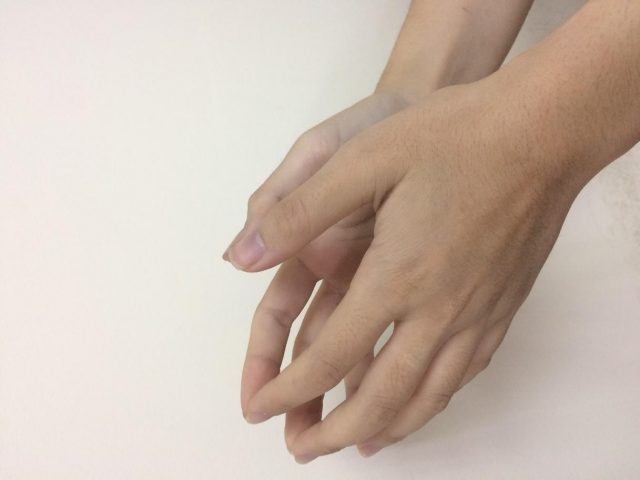
Preparation: Place all ten fingertips together.
Execution: Clap continuously 10 times, 3 times a day.
Effect: Helps strengthen vision and has effects on chronic sinusitis, runny nose due to cold, and people with nosebleeds.
Movement 3
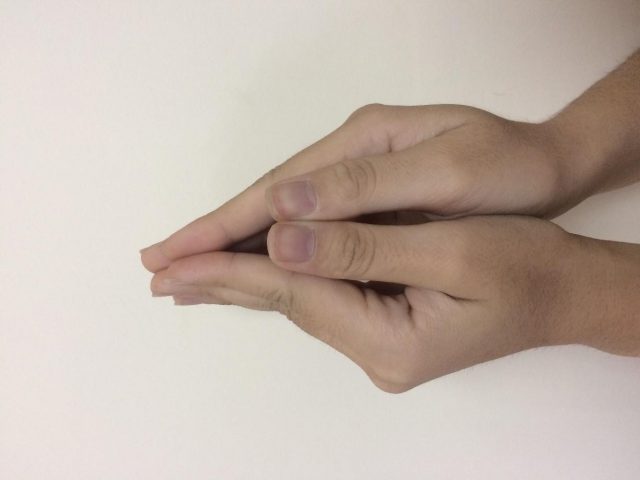
Preparation: Place both hands together so that the lower part of the palm and the fingers touch each other, then let the fingers touch each other.
Execution: Clap continuously 10 times, 3 times a day.
Effect: This movement is very good for preventing and treating cardiovascular diseases and diseases related to the bronchi.
Movement 4
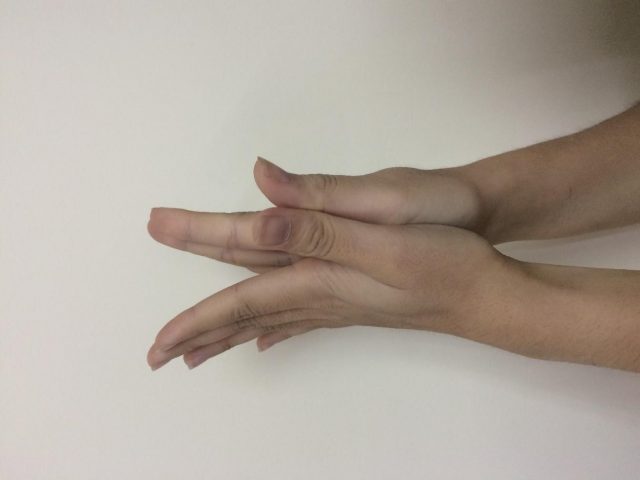
Preparation: Spread the fingers wide and slightly tilt them backward, then clap the two palms together.
Execution: Clap continuously 10 times, 3 times a day.
Effect: This movement will make the whole front internal organs healthier and improve overall health.
Movement 5
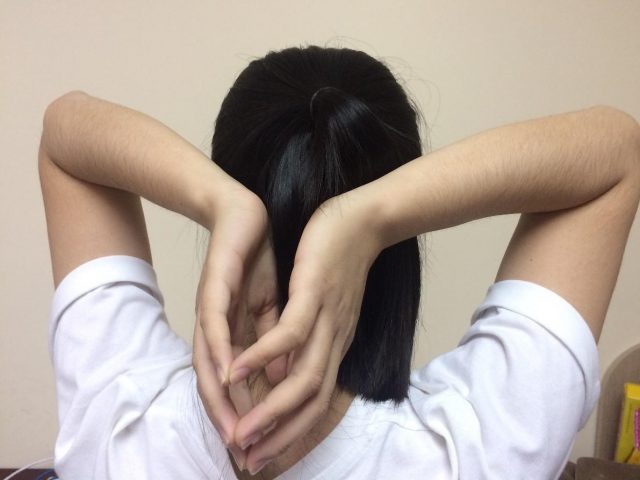
Preparation: Extend both hands behind the back and clap vigorously.
Execution: Clap continuously 10 times, 3 times a day.
Effect: Helps improve blood circulation from the shoulders to the arms. Practicing it regularly will make the joints more flexible.
Movement 6
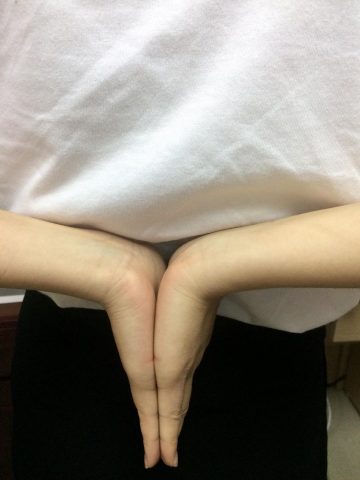
Preparation: Bring both hands back to the back and clap vigorously.
Execution: Clap continuously 10 times, 3 times a day.
Effect: Relieves neck and shoulder pain, wrist bone pain, prevents joint degeneration, and is very good for the cardiovascular system.
Movement 7
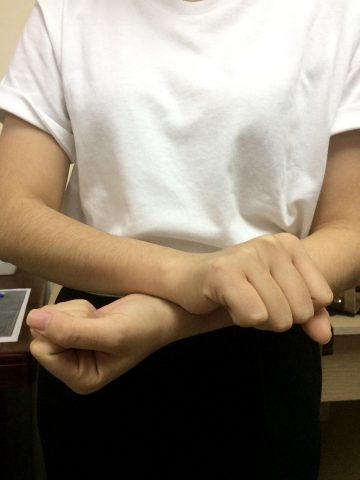
Preparation: Identify a point about 3cm from the wrist, place the inner surfaces of the wrists together and clap gently.
Execution: Clap continuously 10 times, 3 times a day.
Effect: Regulates blood circulation, good for the cardiovascular system, treats insomnia, and treats vegetative nervous disorders (sweating on the soles of the feet and palms).
Hoku points on the palm
In traditional medicine theory, on top of each finger, there are acupoints, each of which corresponds to different organs and internal organs in the body. You can press and stimulate the acupoints on the fingers to check the health of your own internal organs.
Some acupoints on the palm
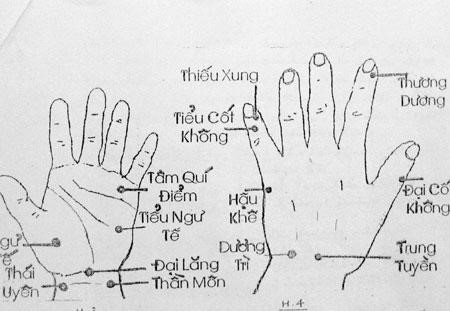
Here is the meaning of stimulating each finger:
- Thumb: This is a meridian that is closely related to the respiratory system such as the lungs, bronchi, etc. On the top of the thumb is an acupoint that starts for the Taiyin lung called Shao Shang.
Shao Shang acupoint is located at the tip of the thumb. When pressing this acupoint, if you feel pain, it indicates: flu, bronchitis, tonsillitis, pneumonia, etc.
- Index finger: This is a meridian related to the activities of the large intestine. Its starting point is located on the outside of the index finger, called Yang Ming stomach Large Intestine meridian.
When pressing the tip of the index finger, if you feel pain, it indicates the large intestine (large intestine), digestive problems, etc.
- Middle finger: This is a meridian that functions to control the heart and circulatory system. Its starting point is located at the outer foot of the middle finger, called the Shao Xiang acupoint belonging to the Tai Wei Yin Xin channel.
When pressing the tip of the middle finger, if you feel pain, it indicates that the cardiovascular system is not healthy. The path leading to the heart is also the path related to the small intestine. Therefore, this is also one of the particularly effective acupoints for the recovery of mental health and the treatment of enteritis.
- Ring finger: On the top of the ring finger is an acupoint called Quan Xiong. Quan Xiong acupoint is located on the Tai Yin channel of the Thymus Xiamen.
When pressing the tip of the ring finger, if you feel pain, it indicates the possibility of sore throat or headache.
- Pinky finger: On the top of the pinky finger, near the ring finger, there is an acupoint called Shao Xiong, and on the remaining side of the pinky finger, there is an acupoint called Shao Zhai.
Shao Xiong acupoint is located on the Tai Yin Thymus meridian, while Shao Zhai acupoint is located on the Tai Yin Stomach meridian. When pressing the tip of the pinky finger, if you feel pain, it indicates that the heart or small intestine is not healthy.
In addition, physicians have also discovered that massaging different positions of the fingers has good effects in preventing and treating various conditions. For example:
– Pressing the two joints of the right thumb can prevent and treat liver diseases.
– Pressing the two joints of the left thumb can prevent and treat diabetes.
– Pressing the end segment near the palm of the left pinky finger can prevent and treat low blood pressure.
– Pressing the inner side of the three joints of the left middle finger can treat cardiovascular diseases.
– Pressing the three joints of the right ring finger in both hands can treat tinnitus.
– Pressing the three joints of the middle finger of the right hand can reduce eye fatigue.
– Women regularly press the three joints of the index finger of both hands can prevent and treat symptoms of menstrual pain.
Note: Each massage or pressing should last for 3 minutes, 1-2 times a day.
Use moderate force, if you feel sore or a little painful at that position after massaging or pressing, it means that the force is too strong.






































